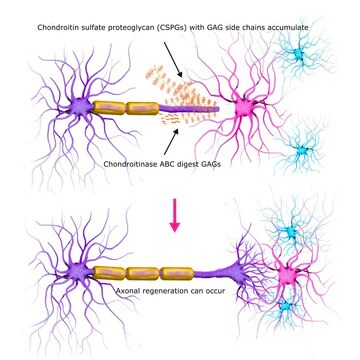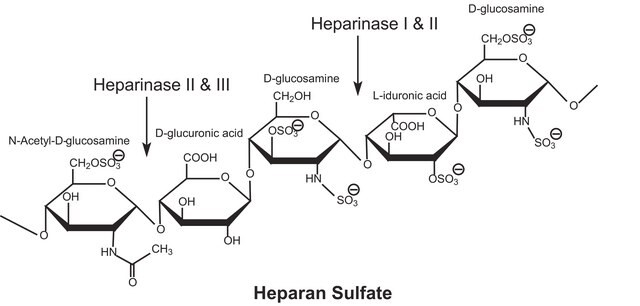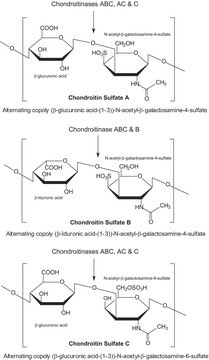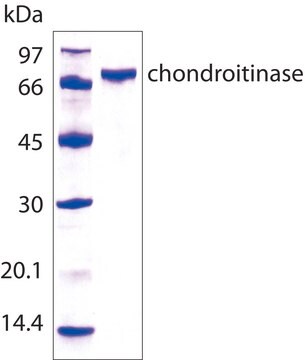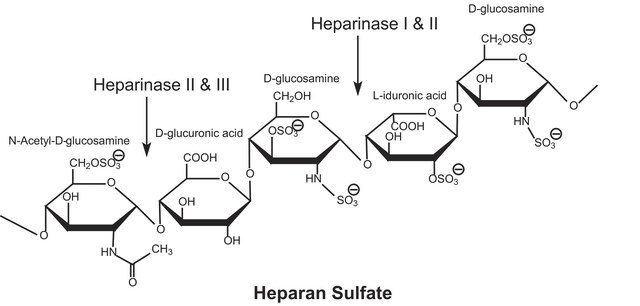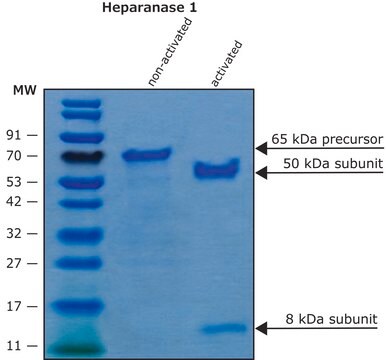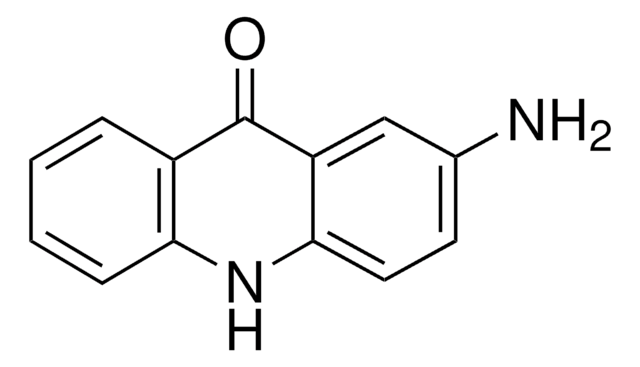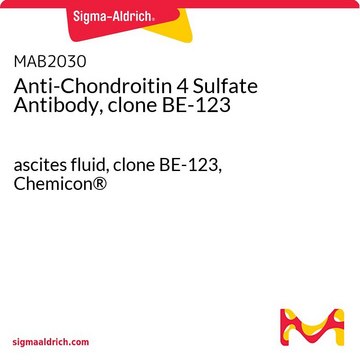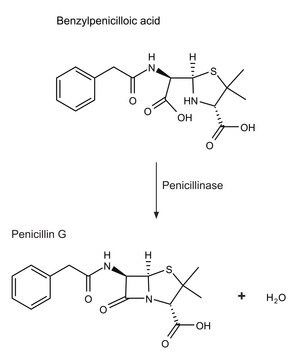C3667
Chondroitinase ABC from Proteus vulgaris
BSA free, lyophilized powder, specific activity 50-250 units/mg protein
Synonym(s):
4.2.2.20, 4.2.2.21, Chondroitin ABC Lyase
About This Item
Recommended Products
biological source
bacterial (Proteus vulgaris)
Quality Level
conjugate
(Glucosaminoglycan)
form
lyophilized powder
specific activity
50-250 units/mg protein
mol wt
120 kDa by gel filtration
composition
Protein, ~10% Lowry
solubility
0.01% bovine serum albumin aqueous (BSA) solution: soluble
application(s)
diagnostic assay manufacturing
foreign activity
protease, essentially free
storage temp.
−20°C
Looking for similar products? Visit Product Comparison Guide
Application
Biochem/physiol Actions
Packaging
Other Notes
Unit Definition
Preparation Note
Storage Class Code
11 - Combustible Solids
WGK
WGK 3
Flash Point(F)
Not applicable
Flash Point(C)
Not applicable
Personal Protective Equipment
Choose from one of the most recent versions:
Already Own This Product?
Find documentation for the products that you have recently purchased in the Document Library.
Customers Also Viewed
Articles
Glycosaminoglycans are large linear polysaccharides constructed of repeating disaccharide units.
Our team of scientists has experience in all areas of research including Life Science, Material Science, Chemical Synthesis, Chromatography, Analytical and many others.
Contact Technical Service